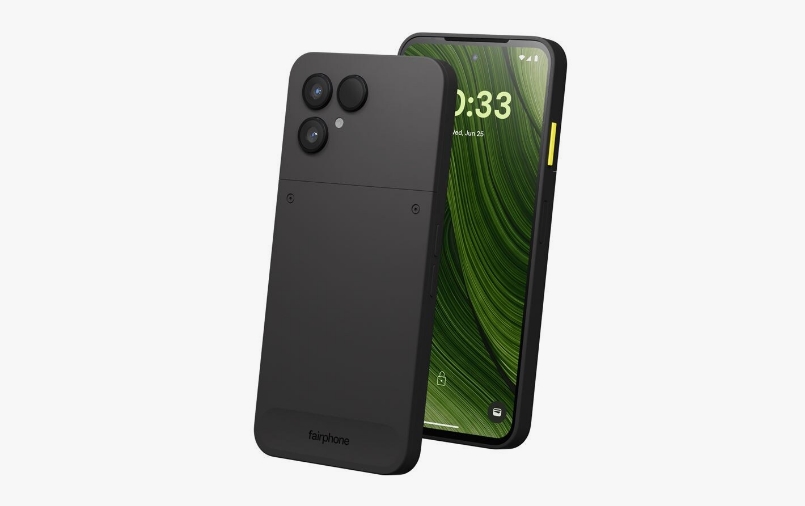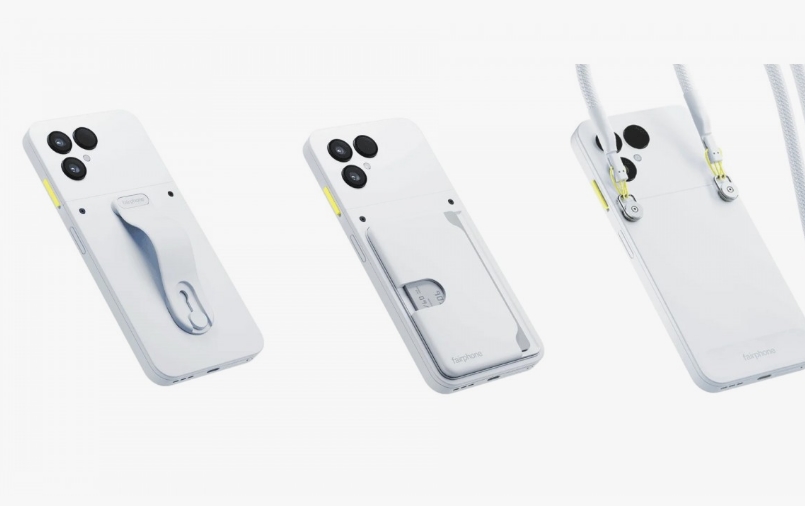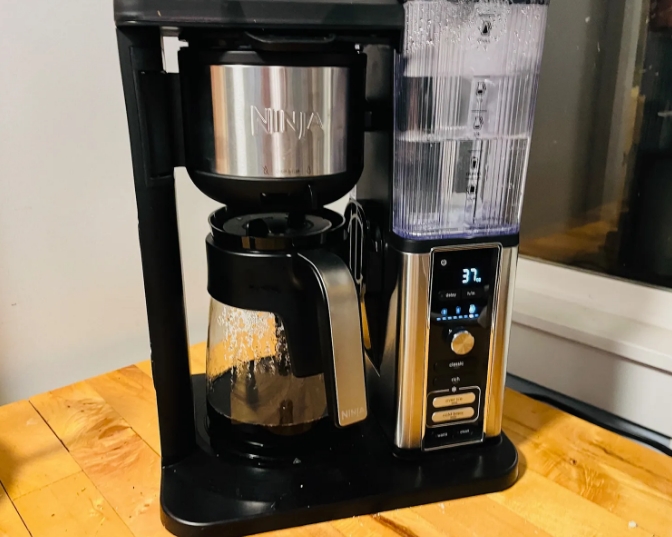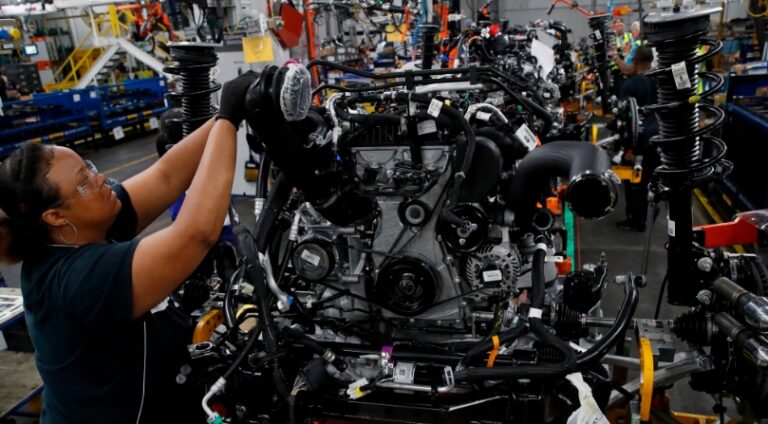
Review: The Fairphone (Gen. 6) – By default, the Essentials mode displays a simple UI with only a few applications (Camera, Chrome, Maps, Messages, and Phone), and it only permits notifications from contacts that have been highlighted. If you do not flip the switch, you will not be able to return to your normal Android experience. If you want to reduce the amount of time you spend in front of a screen, this might not be a much of a deterrent, but it is a way to shut out distractions. The modes that you create can be customized for driving, your morning routine, and other activities. Doesn’t have any interest in Fairphone Moments? It is possible to program the button to activate a different action, such as the flashlight or the Do Not Disturb feature. Review: The Fairphone (Gen. 6)
What is the other characteristic that makes the Gen.
6 stand out? Components that are modular. In place of a magnetic system similar to Apple’s MagSafe, Fairphone is adopting a strategy similar to that of Nothing’s CMF brand, which consists of accessories that are screwed into the back of the phone. Because a portion of the back panel can be removed, you have the option of exchanging it for a card holder, a lanyard, or a fingerloop which is my personal favorite. This is the reason why there is no wireless charging, although it would be cool if there was an accessory that enabled it. x
x
Last but not least, the camera system. It has a primary camera with 50 megapixels, an ultrawide camera with 13 megapixels, and a selfie camera with 32 megapixels. Even in situations with a variety of lighting conditions, you can anticipate images that are sharp; however, the most significant problem is the way the phone renders colors. It is possible for colors to appear flat in high-contrast scenes, or the white balance may not be functioning properly, resulting in strange tints from the camera. Sometimes the blue sky has a strange color, or the sunset isn’t as yellow as it should be. Both of these things happen. The details are essentially there, it’s just these idiosyncrasies of processing. 4K video footage is fine and usable, though not quite the quality you’ll get from a proper flagship phone.
Frankly, the camera system is better than I expected.
No, it won’t beat the $500 Google Pixel 9a, but I still joyfully shared images with friends and family and on social media as normal. Ultimately, it’s not about price. If it were, then even a $400 Moto G Stylus 5G would impress. Review: The Fairphone (Gen. 6)
The Fairphone (Gen. 6) is made with more than 50 percent fair or recycled materials, an 8 percent improvement over its predecessor. The business says it’ll achieve its lowest carbon emissions thanks to advances in production and assembly. A total of 14 elements are designated fair mined or recycled, including cobalt, and the plastic is 93 percent postconsumer recycled.
Fairphone also partners with organizations like The Fair Cobalt Alliance to ensure responsible mining operations, and workers at three of its suppliers and its final assembly factory are in a Living Wage Bonus program, where the firm covers the gap between minimum wage and a living wage. It’s also a Certified B Corp. If you believe in all of those behaviors, there’s just no other phone like the Fairphone. Review: The Fairphone (Gen. 6)





